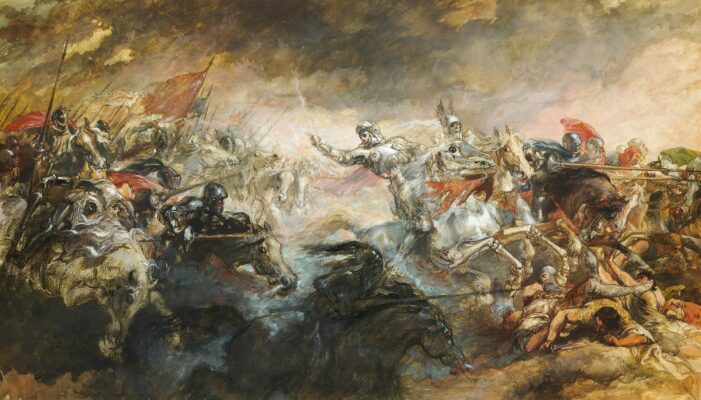The Hanseatic League stands as a remarkable example of a medieval trading alliance that defied conventional organisational norms by thriving without a centralised model or formal hierarchy. In contrast to modern businesses, which prioritise unity and structure, the League’s decentralised approach challenges traditional notions of organisational management.
From Precision Management Consulting’s perspective, the Hanseatic League serves as a compelling case study, prompting questions about the effectiveness of organisational structure in today’s business landscape. While contemporary businesses rely on clear hierarchies and documented procedures, the League’s decentralised decision-making process offers intriguing insights into alternative approaches to management.

The Evolution of Organisational Theory: Lessons from History and the Hanseatic League
The study of organisational structure and management has evolved significantly over the centuries, with theories and practices continually adapting to changing economic, social, and technological landscapes. While modern business schools emphasise the importance of structured hierarchies and standardised processes, historical examples like the Hanseatic League offer alternative perspectives on effective organisational management.
Innovative Approaches to Leadership and Decision-Making
One of the most striking aspects of the Hanseatic League’s organisational structure was its decentralised approach to leadership and decision-making. Unlike contemporary businesses, which often rely on top-down hierarchies, the League empowered its members to make autonomous decisions based on local knowledge and expertise. This decentralised model allowed the League to respond swiftly to changing market conditions and capitalise on emerging opportunities, demonstrating the value of flexibility and adaptability in organisational management.
Strengths of Decentralisation: The League’s Flexibility and Resilience
Remarkably, the absence of a unified structure did not impede the Hanseatic League’s success; rather, it fostered flexibility, adaptability, and resilience. Members enjoyed a level of autonomy that enabled them to respond swiftly to market changes and capitalise on emerging opportunities. This fluidity empowered the League to expand its influence and navigate geopolitical challenges with agility.
Challenges of Decentralisation: Navigating Complexity and Conflict
However, the decentralised nature of the Hanseatic League also presented challenges, particularly in terms of managing conflicts and maintaining cohesion among members. Without a centralised authority to arbitrate disputes or enforce uniform policies, the League relied heavily on interpersonal relationships and shared values to foster cooperation. While this approach allowed for greater autonomy and innovation, it also introduced complexities that required careful navigation.
Modern Implications: Striking the Balance Between Structure and Flexibility
In today’s business landscape, the Hanseatic League’s model offers valuable lessons. While hierarchical frameworks provide clarity and direction, overly rigid systems can stifle innovation. Conversely, overly decentralised approaches risk fragmentation and lack of alignment. Achieving the optimal balance between structure and autonomy is paramount for success in a dynamic environment.
Finding the Middle Ground: Embracing Flexibility for Growth
The lessons gleaned from the Hanseatic League’s organisational structure can inform contemporary approaches to business management and leadership. By embracing flexibility, autonomy, and decentralised decision-making, businesses can foster a culture of innovation and adaptability that enables them to thrive in today’s rapidly changing business environment. Rather than adhering rigidly to traditional hierarchies, organisations can draw inspiration from historical examples like the Hanseatic League to develop dynamic and resilient organisational structures that drive long-term success.
Conclusion: Applying Historical Insights to Modern Challenges
The Hanseatic League’s unconventional success challenges modern business paradigms, prompting reflection on the balance between structure and flexibility. By learning from history and adopting a dynamic organisational model, businesses can navigate complexity and drive growth in an increasingly competitive landscape.
Achieving this balance requires strategic planning, effective communication, and a willingness to adapt to changing circumstances. Through a holistic approach to organisational management, businesses can harness the power of both structure and flexibility to thrive in today’s rapidly evolving world. As the Hanseatic League demonstrated centuries ago, success often lies in finding the middle ground between order and autonomy.
If you would like some support with putting the right organisational model in place for your business, get in touch.
